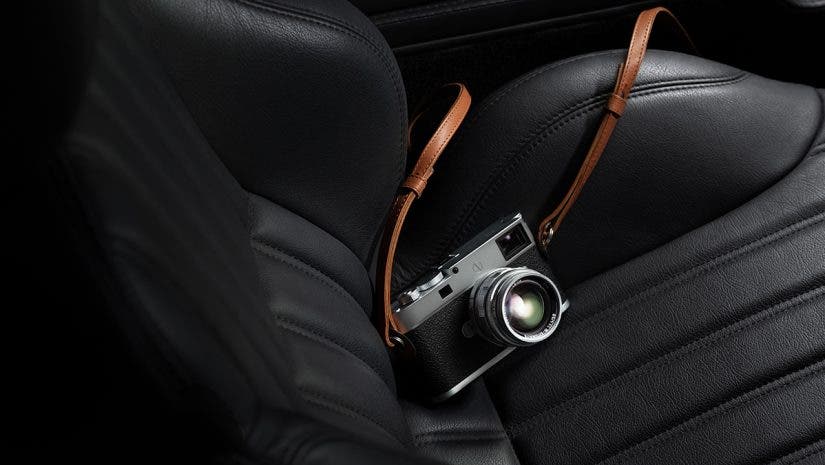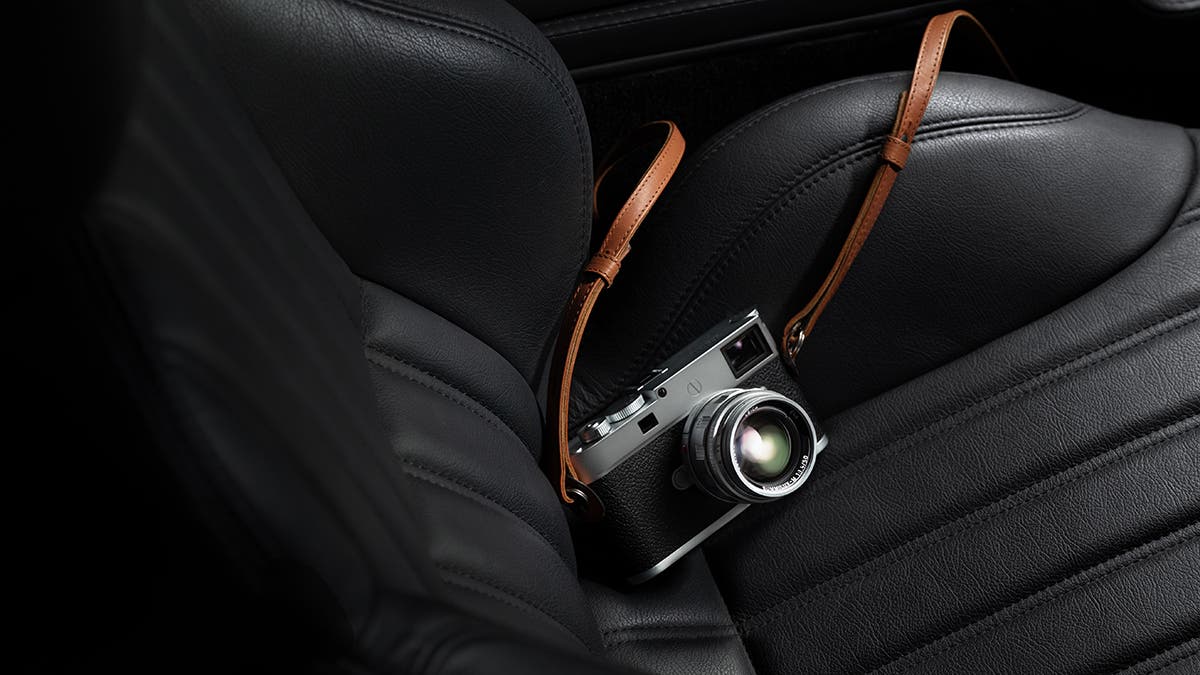I remember watching a live performance of Johny Cash from back before I was born. During the performance, Cash referred to his guitarist and said… I’m paraphrasing, “Everyone asks him why he doesn’t move his hand up and down the fretboard like other players.” His reply was simple and direct: “They are looking for something; I’ve already found it.” In some ways, that reminds me of how Leica keeps its style, heritage, and quality at a time when every manufacturer loads a new release with so many (potentially unnecessary) bells and whistles. When we look at the Leica Summilux-M 50 f/1.4, we see just that. Based on a classic and much-loved design, this lens has been updated while keeping everything that made it great.
Specifications of the Leica Summilux-M 50 f/1.4
| Angle of view (diagonal/horizontal/vertical) Full-frame (24 x 36 mm) | 5°, 38°, 26° |
| Lens system Number of lenses/assemblies Position of the entrance pupil before the bayonet Focus range | 7/5 29.8 mm 0.7 m to ∞ |
| Focusing Scale Smallest object field Largest scale | Combined scale meters (m)/feet (ft) Full-frame: 275 x 413 mm 1:12.5 |
| Diaphragm Setting/function Smallest aperture Number of diaphragm blades | Click-stop diaphragm with half-increment lock settings 16 12 |
| Bayonet | Leica M bayonet with 6-bit encoding |
| Filter thread | E46 |
| Lens hood | Click-on (included) |
| Dimensions Length Diameter | Approx. 45 mm/71 mm (with lens hood) Approx. 58 mm |
| Weight | Approx. 417 g |
Maximum Light
Leica designed the Summilux-M 50 f/1.4, like all lenses that bear the Summilux name, to capture the maximum amount of light. The bright aperture allows for a beautiful rendering of any scene, be it an environmental portrait or street documentation.
A Classic Line-up
As noted, the new Leica Summilux-M 50 f/1.4 is based on a much-loved design that was produced from 1962 to 2004. This lens joins four others in the Leica Classic line. Appropriately, the Summaron-M 28 f/5.6, the Thambar-M 90 f/2.2, and the Noctilux-M 50 f/1.2 ASPH. and the Summilux-M 35 f/1.4 complete the current line-up. All true classics.
New and Improved
Leica did not just restart production on the Leica Summilux-M 50 f/1.4; instead, they based the new lens on a classic and made it even better. The 1.4 aperture renders beautiful soft bokeh for portraits. Additionally, this bokeh effect can be used to isolate and direct the view to “focus on” (excuse the pun) the main subject without distracting backgrounds. When stopped down, the lens is tack sharp, sharper than its parentage. For those who like to get up close and personal, the new Leica Summilux-M 50 f/1.4 has a close focus distance of 0.7 m.
Made in Germany
Leica prides itself on building all M-System lenses by hand in Germany. This Leica Summilux-M 50 f/1.4 is made for the demanding needs of digital shooters and high-resolution sensors. It is also the first Leica lens to be packaged in the new high-quality plastic-free boxes, also made in Germany.
No Surprise
If you are reading this, you are likely a fan of Leica. You are a fan of their dedication to high-quality, hand-crafted photographic instruments. You understand Leica does not take shortcuts; They deliver a classic product meant to help you fulfill your creative wishes.






